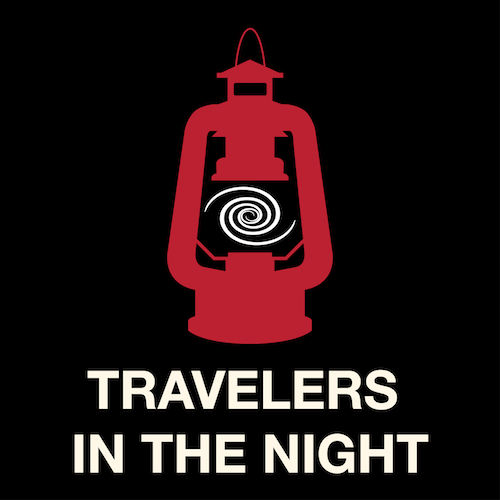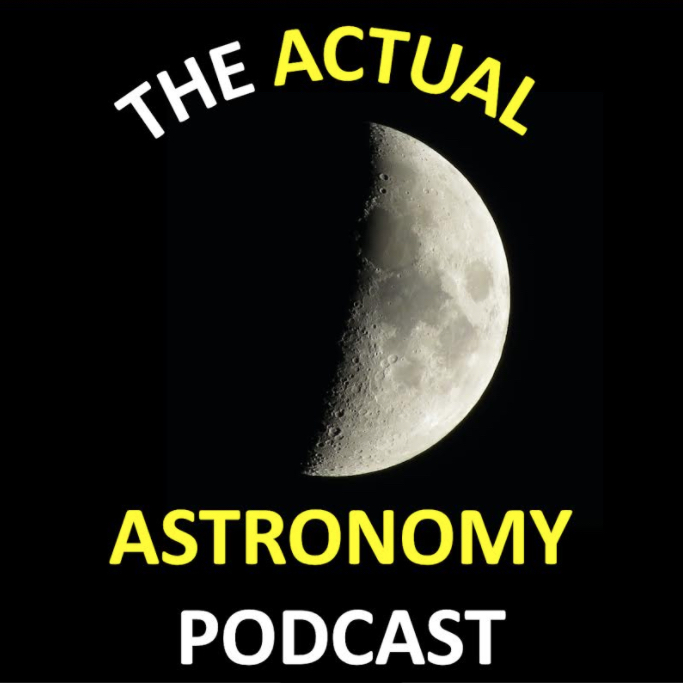Today’s Episode

May 10th: The Dark Side
Cheap Astronomy stumbles around in the dark againWhat is the latest on dark matter? Are black holes the source of dark energy?
Subscribe & Follow
Project Director: Avivah Yamani
Audio Engineer: Richard Drumm
Executive Producer: Pamela L. Gay
Learn more about us on our
Credits and Sponsors page.
We are a community podcast,
bringing you the voices of astronomy & astronomy lovers,
everyday of the year.
More Recent Episodes
Jul 8th: Getting Started in Amateur Astronomy
Got your eye on that $40 telescope at Walmart? Wait, hear us out first! Fraser and Pamela discuss strategies for getting into amateur astronomy
Jul 7th: Collision & Tiny Visitor
Astronomers working with the ATLAS project reported that the perviously normally appearing asteroid 6478 Gault now has a 250,000 mile long straight tail!
Jul 6th: Last Minute Astronomer July 2024
July’s fireworks include Saturn coming back around closer to being an evening planet, Mercury and Venus dancing low in the evenings, and some magic between the Moon and Spica.
Jul 5th: JWST Reveals Star Formation Details
Let’s take a fast-paced journey thru all that’s new in space and astronomy and look at how JWST reveal star formation in never-before-seen details.
Jul 4th: The Observer’s Calendar for July 2024
The Observer’s Calendar Saturn and Jupiter, Lunar X and Straight Wall, Minor Planets Ceres and Harmonia plus a bright comet on the horizon.
Jul 3rd: Starliner Marooned and playing with gyros!
This month the team discuss keeping the elderly Hubble alive with a single gyro, how Starliner is currently marooned in orbit, this month skyguide, & the life of Henrietta Swan-Leavitt







